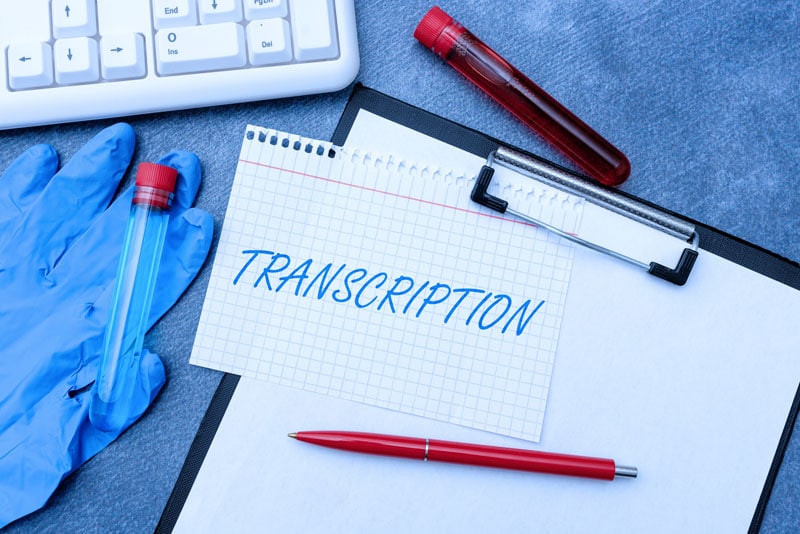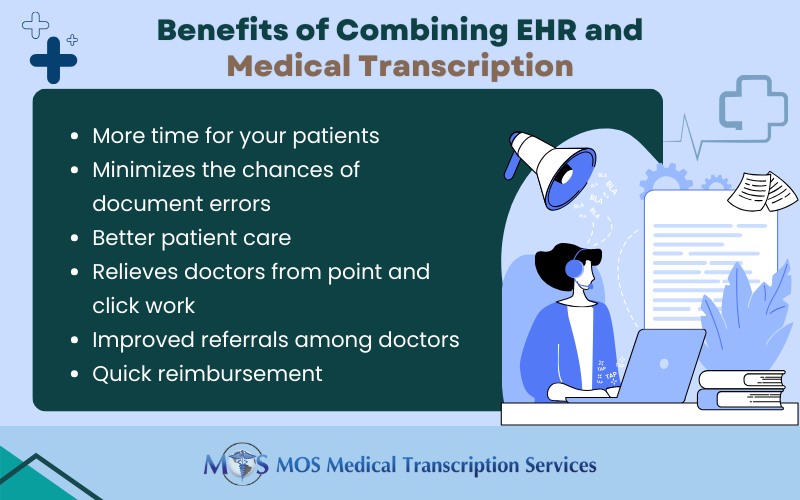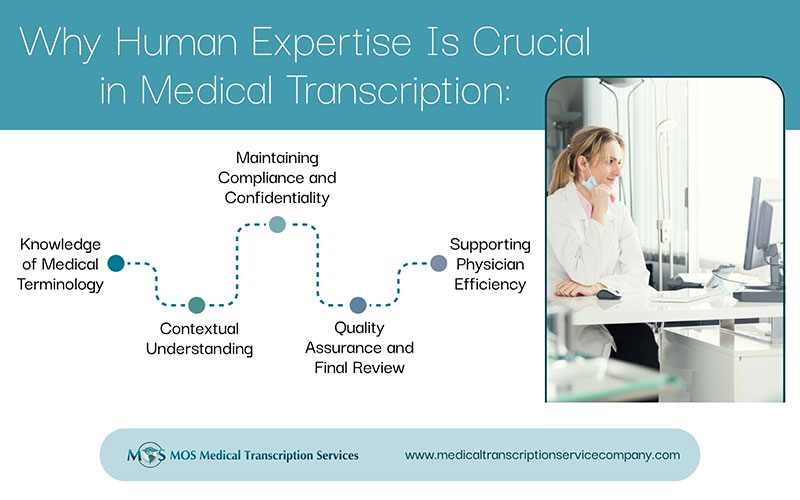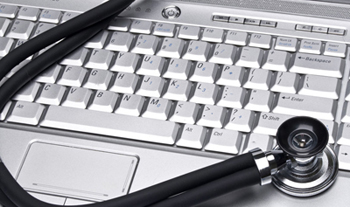
Table of Contents
Healthcare organizations are constantly looking for ways to improve patient care and reduce costs. Adopting a blended approach – EHR systems along with medical transcription services is an excellent way to accomplish this goal. With the electronic health record, clinicians are forced to spend more time in front of the computer instead of treating the patients. However, medical transcription solutions play the role of a savior in assisting practitioners to boost productivity.
Relevance of Medical Transcription
EHR is a useful tool for keeping track of the patient’s medical information. It is a practical and well-organized way to guarantee accurate patient data. Despite the fact that the EHR has many advantages, healthcare providers are concerned about this electronic record-keeping system.
One of the most important barriers to the implementation of Electronic Health Records (EHR) systems is related to difficulties that physicians face in capturing the patient narrative (especially because of the structured templates of EHRs). When it comes to having successful conversations with their patients, they find it to be both distracting and an undesirable imposition. Many healthcare professionals complain about their inability to provide high-quality patient care and the general inefficiencies of their office operations. This process takes up a lot of the consulting time and is laborious and time-consuming. Sometimes, doctors misuse the copy-paste feature of the EHR, which leads to inaccurate documentation of medical information and ineffective operation of healthcare facilities. This procedure poses some limitations to the efficient use of EHR technology.
- Limitations of templates and checkboxes – The checkboxes or templates in the software are such that they cannot capture patient information in a comprehensive manner.
- No quality checks – Since the patient health record is a valid legal document, validation of the content is essential.
- Low physician productivity – Self-editing dictation and filling out templates would lower physician productivity and reduce the total number of patients seen in a day.
From a practical point of view, medical transcription remains a vital component of clinical documentation workflow. The solution to ensuring efficient clinical documentation and improved patient care, say experts, is a blended approach which combines transcription with EHR.
A Blended Approach Could Be Ideal
A combination strategy using both medical transcription and EHR could be helpful to overcome all these shortcomings. Doctors can dictate their notes into a recording device, and the digital equipment will clearly record everything. This audio data is encrypted before being forwarded to skilled medical transcriptionists, who turn them into accurate transcripts that are then incorporated into the doctor’s EHR. This combination strategy’s key benefit is that it both complies with the government mandate to install EHR and ensures correct clinical documentation. It enables doctors to engage with patients more, and concentrate on providing higher-quality care.
The medical transcription workflow that blends an outsourced solution with the EHR system would involve the following steps:
- The physician dictates via phone or other handheld device.
- The digital voice files are clearly captured, encrypted and delivered to servers.
- Trained medical transcriptionists who are experts in clinical documentation listen to the dictation and create the files.
- The transcribed files are integrated into the EHR utilizing the latest technology.
- Integrated patient records are made available to the healthcare provider.

Advantages of a Blended Approach
- More time for your patients: No matter how proficient you are with EHR, it can be challenging to keep up while a patient is detailing his or her symptoms, therapies, and more. However, a medical transcription service would enter the transcript of what is being said into your EHR more professionally and quickly. When the documentation part is taken care of by the transcriptionist, physicians can dedicate quality time to their patients, and patients will feel heard, which is essential to ensure overall patient satisfaction.
- Minimize the chances of document errors: Reduce documentation errors by outsourcing your electronic health records to a proficient transcriptionist. If the transcription of your dictated notes is done in-house, there are more chances of typos or other mistakes in the documentation. These mistakes take a long time to correct, and if they are not discovered right away, they may have more serious ethical repercussions. However, having professionals do the transcription for you ensures documentation that is more accurate and reliable.
- Better patient care: Every clinic strives to provide better patient care. You can do it by combining medical transcription and EHR. The key to enhancing patient care is better, more accurate recordkeeping. Doctors will be able to treat their patients appropriately if the documentation is accurate and reflects the patient’s needs for care. Additionally, digital dictation is used in patient care. Your doctors can spend more time with the patients when they hire a medical transcription service to handle their dictations. The quality of overall patient care is increased by this one-on-one engagement.
- Relieves doctors from point and click work: There are several buttons to click and boxes to tick on the EHR. Physicians may tick boxes and click buttons they shouldn’t because they are already pressed for time, which could lead to bigger and more significant problems. By taking care of the point-and-click labor that physicians must do, medical transcription and EHR can be combined to minimize errors. This enhances patient information and EHR utilization as a whole.
- Improved referrals among doctors: You might observe more physician referrals when your EHR is combined with a medical transcription service. When implemented properly, EHR streamlines the exchange of patient data between clinics. When a patient needs a specific approach to care, this is extremely beneficial. Your EHR records will be simpler to understand and navigate when a medical transcriptionist is working with them. This simplifies the referral process, which benefits both the patient-provider relationship and the relationship between the providers.
- Quick reimbursement: Nearly every practice has a problem with payment for services. EHR and medical transcription integration, however, can assist with that. Billing will be more accurate if your records are more accurate. Because of the increased billing accuracy, your clinic can pursue reimbursement more quickly, which gives you time to deal with late or lost payments. The care of patients is also impacted by quicker reimbursement. You may put more money toward enhancing patient care when you have more money to expand your practice, buy new tools, and do other things.
Medical professionals can quickly and safely complete their medical documentation using EHR-integrated medical transcription services. This integrated strategy aids in raising revenue and boosting productivity. It enhances productive work flow and guarantees that each patient visit is properly documented.


